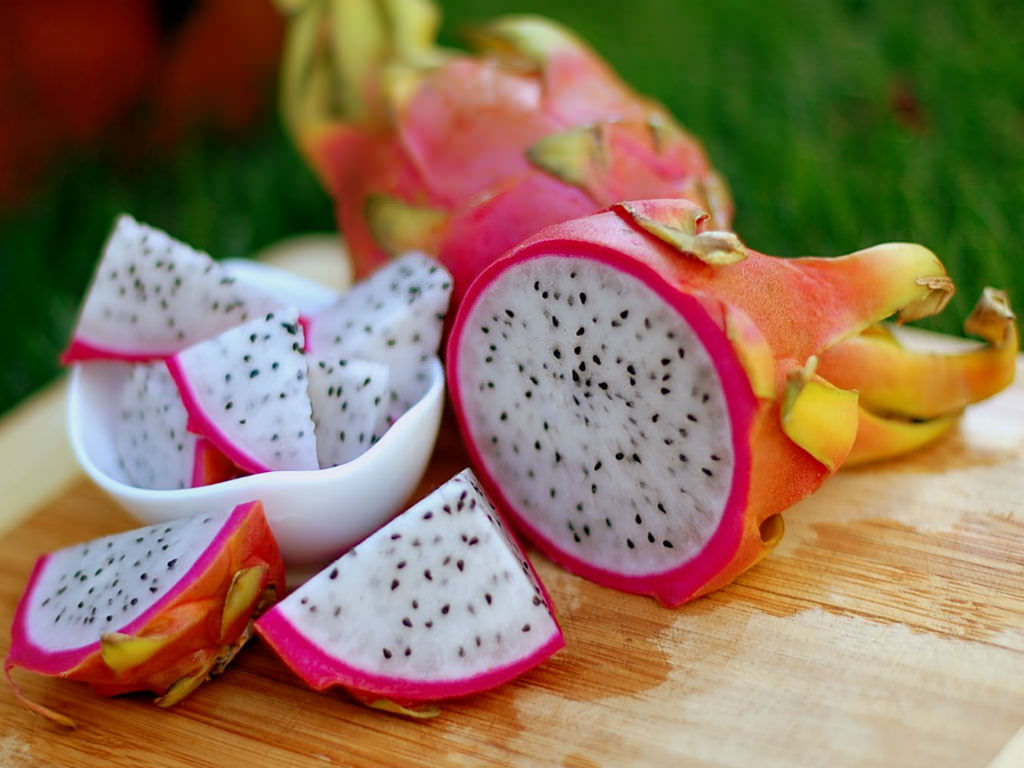Fertilizing Cactus and Succulents: Best Practices for Healthy Cacti and Succulents
Have you ever wondered why your cactus looks lackluster while your friend’s spiny specimen seems to flourish? The answer may lie in the essential, yet often overlooked, practice of fertilization. Understanding the nutritional needs of these remarkable plants is crucial for their health and vigor. Let’s delve into the best practices for fertilizing cacti and succulents, ensuring that your colorful collection is thriving.
Fertilizer plays a pivotal role in the growth of cacti and succulents, helping to replenish the nutrients that may be depleted from the soil. However, the challenge arises in determining when to fertilize, what type of fertilizer to use, and how to apply it correctly. In this guide, we will address these questions while exploring the nuances of fertilization for these unique plants.
Understanding Nutritional Needs
Before diving into the specifics of fertilizing, it is essential to comprehend the basic nutritional needs of cacti and succulents. Unlike typical houseplants, these species have adapted to thrive in arid environments, which significantly influences their nutrient requirements.
Cacti and succulents primarily require nitrogen, phosphorus, and potassium—the three essential macro-nutrients. Nitrogen promotes leaf and stem development, phosphorus supports root growth and flowering, and potassium enhances overall plant health. Additionally, cacti and succulents can benefit from micro-nutrients like iron, magnesium, and calcium, albeit in smaller quantities.
Soil type and composition also play a critical role. Most commercial potting mixes are not suitable for cacti and succulents, which thrive in well-draining soils. A specially formulated cactus mix can provide better aeration and drainage, ensuring the roots do not sit in moisture, which could lead to root rot.
When to Fertilize: Timing is Crucial
Timing your fertilization is paramount when it comes to maintaining healthy cacti and succulents. Most of these plants have specific growth cycles, and aligning your fertilization schedule with these rhythms can yield optimal results. Generally, the main growing season for cacti and succulents is during the spring and summer months. During this period, the combination of increased light and warmer temperatures stimulates growth, making it an ideal time to apply fertilizer.
It’s advisable to begin fertilization in late winter or early spring as plants emerge from dormancy. As your cacti and succulents shift to their active growth phase, you can fertilize every four to six weeks. In the fall and winter, the plants enter a dormant phase, during which fertilization should be significantly reduced or entirely halted, as over-fertilizing during this period can be detrimental.
Choosing the Right Fertilizer: What’s Ideal?
Not all fertilizers are created equal, and understanding the right type for your cacti and succulents is crucial. Liquid fertilizers are often favored due to their ease of use and swift absorption by the plant’s roots. A diluted liquid fertilizer, with a balanced NPK ratio (such as 5-10-10 or 10-10-10), is ideal for most cacti and succulents. The higher phosphorus content encourages flowering and root development.
Slow-release granular fertilizers are another option, offering convenience by releasing nutrients over time. They can be mixed into the soil at the beginning of the growing season, providing a steady supply of nourishment without the need for frequent applications.
Organic options, such as fish emulsion, worm castings, or compost, can also be beneficial and align with a more sustainable gardening approach. Ensure that any organic fertilizer is diluted, as concentrated formulations can harm your plants.
Application Techniques: How to Fertilize Effectively
Applying fertilizer correctly is just as important as choosing the right type. Here are some essential tips for effective fertilization:
1. Start with a Watering: Before applying any fertilizer, it is advisable to water your plants thoroughly. This step ensures that the roots are adequately hydrated and can absorb nutrients more effectively.
2. Dilute Before Application: For liquid fertilizers, always dilute according to package instructions. Over-fertilizing can lead to salt build-up in the soil, which can be harmful to your plants.
3. Even Distribution: When applying granular fertilizers, ensure even distribution throughout the soil surface. Avoid direct contact with the plant’s stems or leaves, as this can lead to burns.
4. Monitor and Adjust: After fertilization, monitor your plants closely for signs of over-fertilization, such as yellowing leaves or excessive growth. Adjust your fertilization schedule accordingly if you notice any adverse effects.
Common Misconceptions: Debunking Fertilization Myths
Despite the wealth of information available, misconceptions about fertilizing cacti and succulents persist. One common myth is that these plants do not require any fertilizer at all. While they are indeed adapted to nutrient-poor environments, they do need supplemental nutrition for optimal growth and flowering. Another misconception is the belief that any type of fertilizer will suffice. As previously discussed, cacti and succulents have unique requirements, and choosing the wrong type of fertilizer can lead to poor health.
In conclusion, fertilizing cacti and succulents is a critical aspect of their care that should not be neglected. By understanding their nutritional needs, timing your applications, selecting the right product, and utilizing effective application techniques, you can ensure your plants thrive and exhibit their full potential. So, the next time you admire a neighbor’s flourishing cactus, remember that a few thoughtful practices in fertilization may just be the secret behind its vibrancy. May your gardening adventures be fruitful as you cultivate your own desert paradise!





Leave a Comment